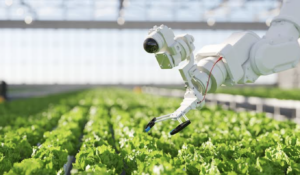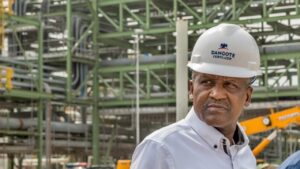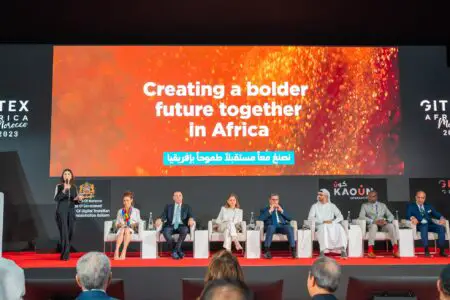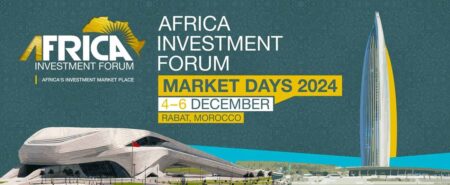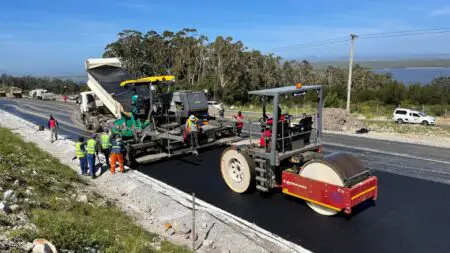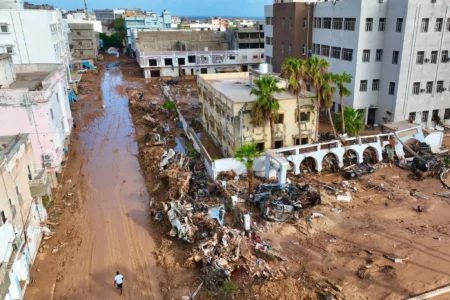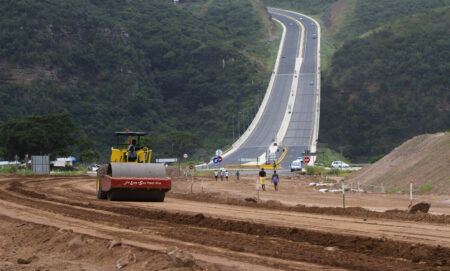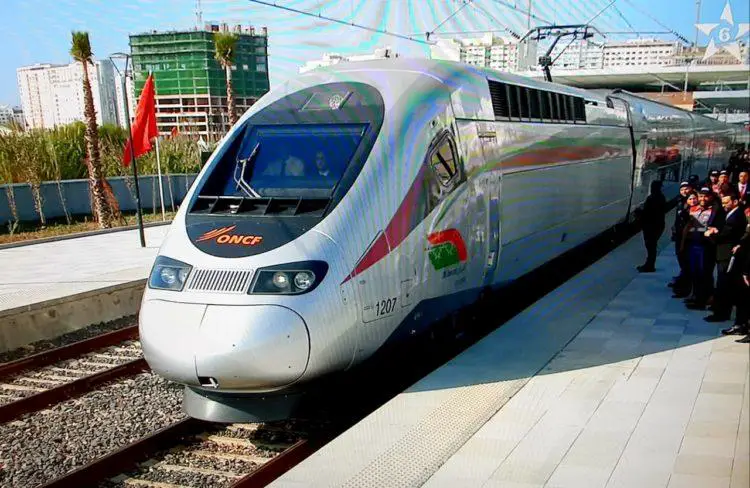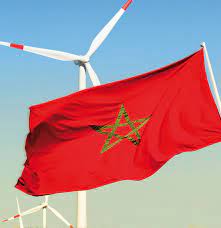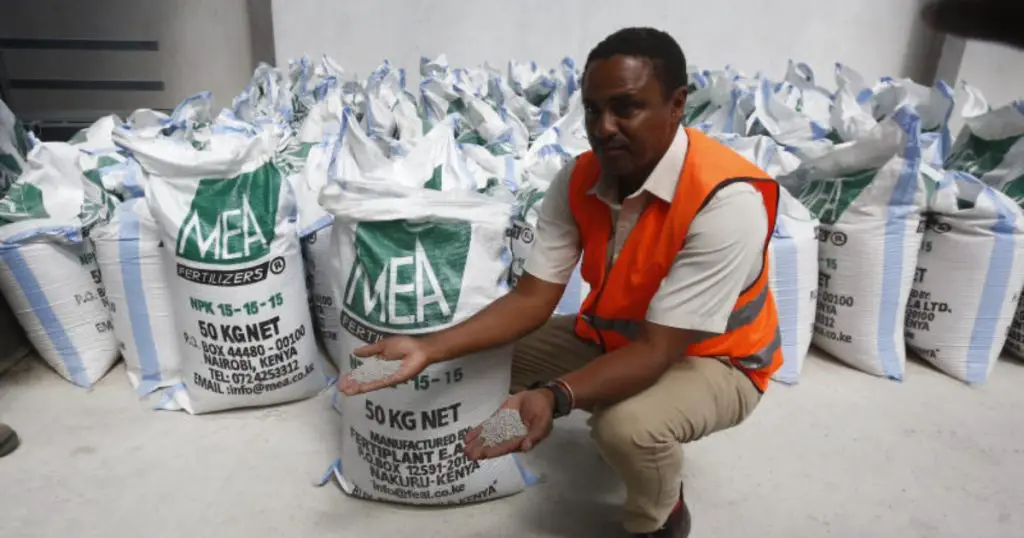- Africa’s new dawn: the rising role of digital and AI in agriculture
- Can Dangote Refinery Transform Africa Energy Ambition
- Gallup Survey: 80 per cent of Kenyan Workers Are Disengaged and Seek New Opportunities
- Madagascar Man Freed from 5KG Tumor After 15-Year Struggle
- How women in Africa are perceived and treated
- Sugar consumption in Kenya to Increase to 1.23 Million Tonnes
- Can Somalia and Turkey Oil deal Bring Change in Somaliland
- Remittances to Kenya dropped to $371.6 million in June, marking a six month low
Browsing: Morocco
- Global tech giants are meeting in Marrakech in May for the GITEX Africa expo as they seek a slice digital economy in the continent.
- Investors will be keen on learning tech advances in digital health, finance, AI consumer tech, cloud and IoT, as well as cybersecurity among others.
- GITEX Africa is organised by KAOUN International, an affiliate of Dubai World Trade Centre, which also organises GITEX GLOBAL show in the UAE.
This year, thousands of investors and entrepreneurs are converging in Marrakech, Morocco, for GITEX Africa, a signature tech and start-up expo that is poised to define the next phase of the continent’s digital economy.
The show, now in its second edition, comes under the Patronage of His Majesty King Mohammed VI of the Kingdom of Morocco. GITEX Africa, which is scheduled from 29-31 May 2024, is organised under the authority of the Moroccan Ministry of Digital Transition and Administration …
- The AfDB and partners in Rabat, Morocco, are organizing the 2024 Africa Investment Forum to catalyze investments in Africa’s agriculture, infrastructure, and renewable energy.
- The forum is a pivotal platform for advancing Africa’s economic integration, promoting policy innovation, and encouraging private-sector engagement and international collaboration.
- By aligning with sustainable development, inclusivity, and green finance goals, the Africa Investment Forum aligns with global sustainability goals, positioning Africa in the transition to a green economy and attracting ethical investments.
Set against the vibrant backdrop of Rabat, Morocco, the 2024 Africa Investment Forum Market Days, scheduled for December 4–6, is yet another cornerstone event for continental and global investors seeking growth opportunities in the continent.
The African Development Bank and seven founding partners will back this forum to drive investment-ready deals to fruition, further highlighting its critical role in Africa’s economic landscape.
Africa Investment Forum a catalyst for investment mobilisation
Since its inception …
- Sports industry in Africa is expected to grow by 8 percent in 3 to 5 years according to advisory giant PwC
- Currently, milions of Africans, including businesses based in the continent that have pumped millions into the tournament, are following the TotalEnergies CAF AFCON 2023 finals in Ivory Coast.
- In 2021, Cameroon invested over $800 million in preparations for that year’s AFCON finals.
The 2021 African football continental showpiece—Cup of Nations (AFCON)—saw Cameroon attract millions of spectators both physically and virtually, a scenario that is music to the ears of sponsors. This further fortifies the fact that sports in Africa have the potential to generate billions of dollars.
Fast forward to 2030, Morocco is poised to become the second African country to ever stage a World Cup after South Africa in 2010, marking a historic step in African football and the business value chain that comes with the sport.
In …
- International Finance Corporation targets specific projects in Côte d’Ivoire, Egypt, Kenya, Morocco, Senegal, and South Africa.
- IFC’s $30 million (Sh4.8 billion), own-account investment will help Africa Infrastructure Investment Fund 4 Partnership (AIIF4) exceed its final close target of $500 million (Sh80.4 billion).
- A pan-African infrastructure private equity firm called the Africa50 Infrastructure Acceleration firm I is raising up to $500 million for investments
Kenya is among six African countries that International Finance Corporation (IFC) will pump $30 million (about KSh4.8 billion) equity investment to fund works on essential infrastructure.
The fund, managed by Africa Infrastructure Investment Managers (AIIM), part of the Old Mutual Group, will support projects in the telecoms, renewable energy, and transport sectors across Africa but with a specific focus on Côte d’Ivoire, Egypt, Kenya, Morocco, Senegal, and South Africa.
In the telecoms sector, the fund will focus on financing data centers, fiber networks, and communications towers. In …
The eastern Libyan city of Derna has gone into mourning after catastrophic flooding that left about 10,000 people missing. Rescue teams have embarked on recovery efforts for the remains of loved ones as the scale of the disaster unfolds. Media reports say authorities estimate that close to 2,000 people have lost their lives in the Derna area alone.
The Libyan Government of National Unity (GNU) has issued a heartbreaking report stating that the entire road and bridge network in Derna has collapsed. This now calls for an estimated $67 million for reconstruction.…
Africa’s e-mobility is gaining momentum, largely driven by the daunting climate change crisis, fueling the need to decarbonize transport systems. African countries remain in pursuit of e-mobility solutions and advancement to low-carbon economies. Africa’s endowment with minerals key to the global green transition offers a significant advantage.…
Population growth and economic development have necessitated speeding up and scaling up infrastructure development in Africa. Over 28 African nations have seen population growth of more than double in the last 30 years. The population of 26 other African countries will quadruple over the next 30 years. Consequently, funding for the continent’s infrastructure has become essential.…
- IFC and the Sovereign Fund will identify high-impact infrastructure projects in strategic sectors in Morocco.
- They will work closely with stakeholders to structure them into viable projects, respecting the best environmental, social and governance standards.
- IFC will also support the establishment of an Infrastructure sub-fund of the Mohammed VI Fund for Investment open to Moroccan and international partners.
A cooperation between the Mohammed VI Fund for Investment and the IFC has been established to find and fund sustainable infrastructure projects in Morocco.
One of the most important segments of the Moroccan economy is the infrastructure industry. Large capital investments are necessary, necessitating more private sector investment alongside public investment.
Infrastructure projects in Morocco
In accordance with this agreement, the Sovereign Fund and IFC will find high-impact infrastructure projects in Morocco industries.
“IFC is supporting the Government of Morocco to mobilise private investment in the infrastructure sector. This new partnership signed …
- The European Investment Bank (EIB) and the City Climate Finance Gap Fund (Gap Fund) will support the municipality of Chefchaouen, Morocco to optimize municipal waste management services.
- The technical assistance implemented by the Gap Fund will make it possible to carry out a pre-feasibility study to assess, develop and organize waste management, in accordance with the city’s master plan.
- This project will contribute to the achievement of local and national environmental and climate objectives, while improving the quality of life of the inhabitants.
The European Investment Bank (EIB) has announced plans to assist Morocco improve management, treatment and recovery of organic waste. The technical assistance will be implemented by the City Climate Finance Gap Fund for the benefit of the municipality of Chefchaouen.
The technical and financial support first provides for an assessment of the composition of household waste to estimate its economic potential. It will enable the development of …
- The African Fertiliser and Agribusiness Partnership (AFAP) notes that over 40 per cent of African soils face nutrient depletion because of failure to apply sufficient levels of fertilisers
- Farmers in most countries are increasing their application levels, with the fertiliser application rate in Sub-Saharan Africa expected to increase to 22 kilograms per hectare by the end of 2022
- In Africa, the production of the material is concentrated in the northern parts of the continent
A study by the African Development Bank Group in 2019 revealed that most African countries depend on imported fertilisers for agricultural production.
The imports are mainly due to the lack of low-cost raw materials for production, low utilisation and high capital requirements for investment in production facilities.
According to the African Fertiliser and Agribusiness Partnership (AFAP), over 40 per cent of African soils face nutrient depletion, partly because of a failure to apply sufficient levels of
